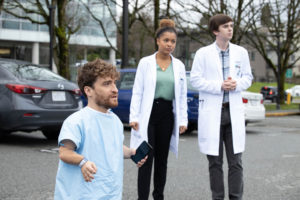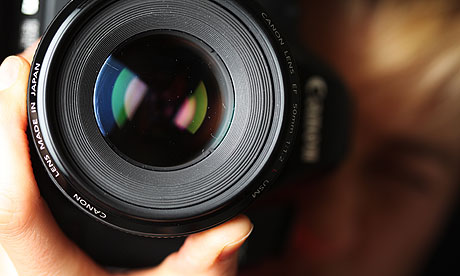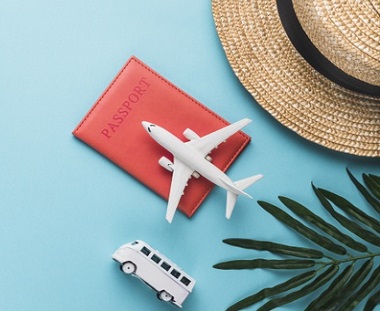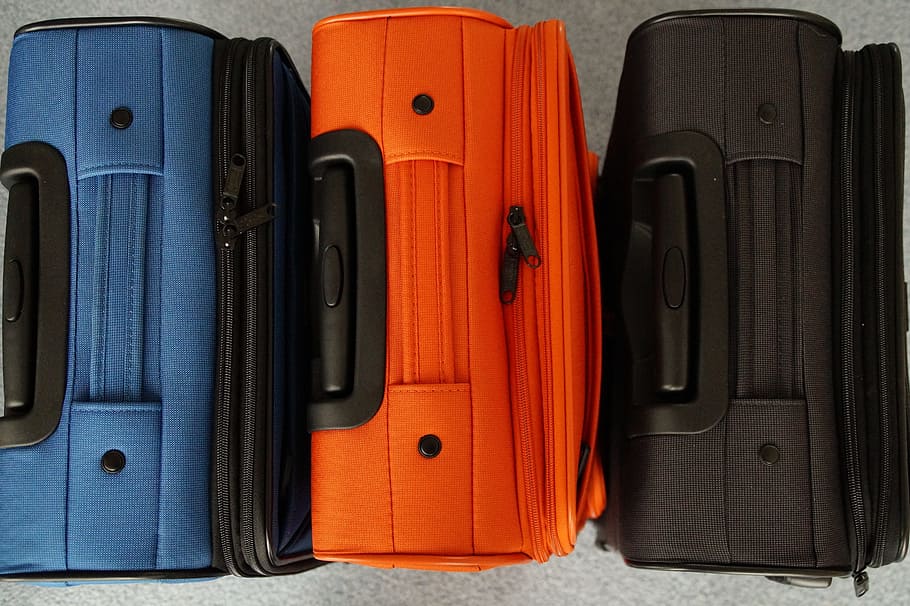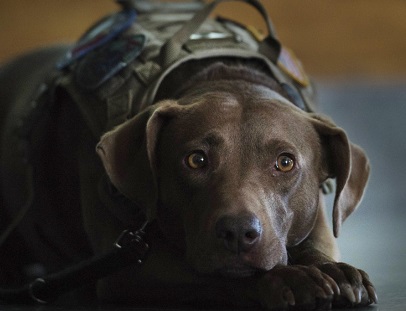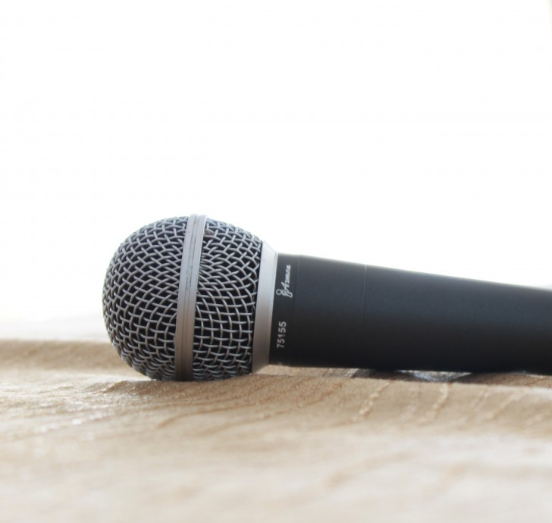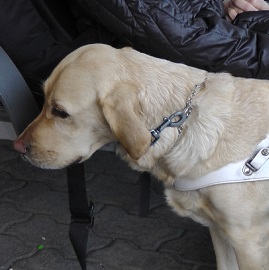by Alicia Krage
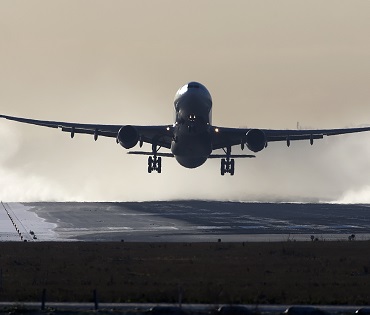 Have you read the first part of Alicia’s Story? Check it out!
Have you read the first part of Alicia’s Story? Check it out!
My parents drove me to Chicago Midway airport for my flight. I had been a little nervous that morning, but once I realized weather wasn’t going to stop me, excitement took over. The anxiety about my first time flying alone started to fade, and I could sit in the car and enjoy the ride.
A good 45 minutes later, my dad was driving circles in the parking lot while my mom led me inside to the ticket counter. My dad had told me they could get special passes to take me from the ticket counter to the gate, but I said no. “The point of this is for me to do this by myself,” I explained to him. He understood. I think. No matter how old you are, or how much you’ve prepared for something, parents always worry about their kids. Then, add a disability to the mix.
At the ticket counter, I showed my ID and requested assistance to my gate. Mom led me to a seat to wait for airport assistance, said goodbye, told me to have fun, and left.
This was the worst part. What is considered a normal wait time? “I’ve been waiting for like 10 minutes,” I texted my friend Juan in Houston. “Is this normal?” He replied in less than a minute: Yes!” Another friend I texted sent a reassuring reply: “They won’t forget about you.”
And they didn’t.
“Ali?” a man said, standing a few feet away. I stood up, smiling. “Hi! Yep, that’s me!”
“Do you need a wheelchair?” he asked me. I thought for a second. I had anticipated this question — when I asked my blind friends about what to expect from airline assistance, they told me that this wheelchair question is very common. Oddly enough, I didn’t have an answer. I wasn’t sure I wanted the ride. “I mean…I don’t need one, but if it’s faster, sure.”
He helped me into the wheelchair, and I laughed and made some light-hearted joke about how I didn’t know what I was doing. “I’ve never been in a wheelchair in my life!”
We zoomed down some hallways, took an elevator down, zoomed down more empty hallways, and wound up at the front of the security line with two people ahead of us. I was instructed to put my phone in my purse, so I did. The skycap took my things, I stood up, and walked through security.
“Okay, you’re through,” the TSA agent said. She sounded friendly and I could tell she was smiling. I smiled back.
“Okay, awesome!” I said – which, okay, probably isn’t your typical response at TSA, but I was feeling so excited and proud of myself that I couldn’t help but call it the way I saw it: it was awesome. The TSA agent laughed. “Is this your first time flying?”
“Sort of,” I said, explaining this was my first solo flight. “I’ve always flown with my parents.” Just then the airline assistant returned with the wheelchair, my purse and my cane. Once I was seated and situated again, the skycap placed my suitcase on my lap. “Before we go to the gate, can we stop at a restroom?” I asked, letting him know I prefer the family style ones. “Those are one-person, right?”
The skycap confirmed that yes, they were, and we started moving again. “Okay, then that would be great if possible, and not too much of an inconvenience. I just hate public restrooms, you know? Wandering around looking for everything,” I laughed. The assistant laughed, agreeing with me. As we rode along, I pulled out my phone and texted my parents that I’d made it through security.
After the restroom I asked for one more request. “Can we go somewhere to fill up my water bottle?” I apologized after I asked. That’s something I’m trying to work on. His job is to assist me; I don’t need to apologize for said assistance. We filled my water bottle and then headed for the gate.
“Can you let the gate agent know I’m here? I’m doing pre-boarding, so I’ll need help,” I told the airline assistant as I got out of the wheelchair and sat at a regular seat. “Absolutely,” he said.
I tipped him when he returned, and he thanked me and went on his way. A lady across from me called out to me then. “Excuse me, mis?” she said. “I can help you as well, if you’d like.”
“Thanks…the airport provides assistance, though, so the gate agent knows I’m here,” I replied. It’s not that I didn’t trust her, but I felt more comfortable having an airport employee help me on the plane than anyone else, just for the sake of assurance that they knew I was there. Or that I’d actually get on. And that’s when I texted my parents (and Juan) to let them know I was waiting at the gate. I’d promised my parents I would text them with updates along the way.
Stay tuned for Part Three, where Alicia talks about how her second solo flight, the trip back to Chicago from Houston, compared to the first time she’d ever flown on her own, and how it feels now to be a seasoned traveler.
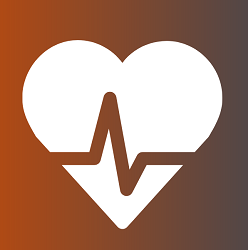 Since the beginning of the Coronavirus (COVID-19) outbreak, our top priority has been to ensure the protection and safety of all. As we continue to monitor the ongoing spread of the Coronavirus, we want to ensure everyone who relies on our services are aware of best practices to mitigate the impact of COVID-19.
Since the beginning of the Coronavirus (COVID-19) outbreak, our top priority has been to ensure the protection and safety of all. As we continue to monitor the ongoing spread of the Coronavirus, we want to ensure everyone who relies on our services are aware of best practices to mitigate the impact of COVID-19.






